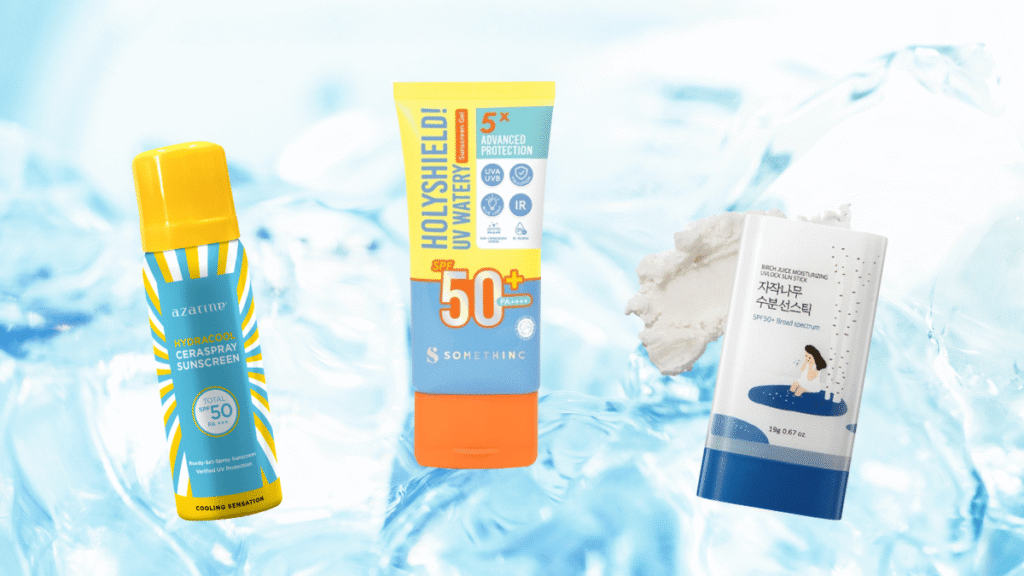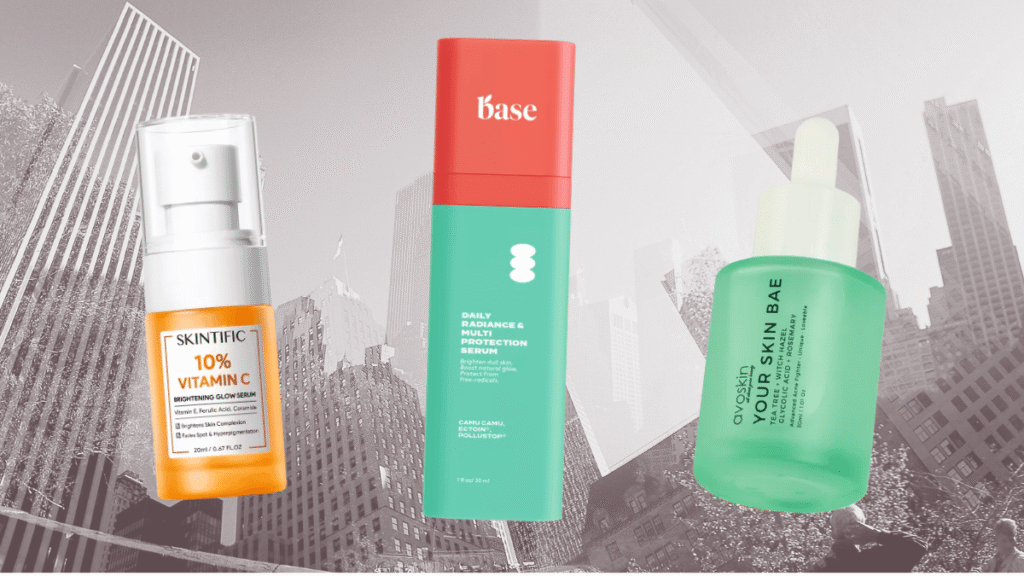In 2022, Venas predicted the rise of climate-adjusted products, what started as a niche concern is now shaping up to be a new industry standard.
A climate-adjusted product refers to innovations designed to help consumers prepare for and adapt to the current and future impacts of climate change, examples like spray to combat yellow dust in China or cooling sunscreen in Japan. With rising UV exposure, unpredictable weather patterns, and increasing pollution, these environmental shifts are unintentionally redefining daily lifestyles, and directly influencing product preferences.
These products are gaining traction because they address a growing, tangible consumer need shaped by global environmental changes. Today’s consumers don’t just evaluate products by their ingredients or brand values alone, they also seek solutions that help them navigate and adapt to the realities of their environment. Especially in skincare, the expectation has shifted from simply protecting or repairing to actively supporting resilience against real-world stressors.
We believe that brands capable of answering this demand will stand out in consumers’ everyday lives and build stronger relevance in the long term.
In our report, we identified key product directions with strong opportunity in the climate-adjusted category, based on our trend research, ingredient tracking, and consumer behavior studies. These include:
- Functional Relevance by Climate
Products designed to respond to thermal discomfort or extreme weather. Some product formats with high potential include Cooling sunscreen for tropical climate, and hot cleansing balm for subtropical climate. - Environmental Stress Shielding
Consumers are expecting skincare that “shields” their skin from climate-induced aggressors like dust, free radicals, or UV overload. Skincare with anti-pollution benefits, or antioxidant-dense formulas will have a strong opportunity in the future market.
In China and Korea, some skincare products boast the ability to combat yellow dust-related issues. Brands could adapt a similar concept, made specifically for Indonesia’s lifestyle and living conditions.
Market Validation of the Trend
Our prediction proved accurate as climate-adjusted products gained momentum in the post-pandemic era, with many already becoming staples in consumers’ daily routines. The following examples illustrate how this trend is materializing in the market.
- Cooling Sunscreen

Brands like Somethinc, Azarine, and Roundlab have introduced lightweight sunscreens with cooling effects, tailored for humid, sunny environments where traditional formulas often feel heavy or sticky. The sunscreen was marketed with ‘cooling effect’ as the buzzword.
2. Anti-Pollution Skincare

A new wave of skincare is leveraging antioxidant-rich ingredients like niacinamide, retinol, and Pollustop® to combat pollution-related damage. These products are positioned as daily “shields” against urban stressors like dust, free radicals, and UV overload.
Reshaping the Trend for Your Roadmap
Climate-adjusted skincare is breaking beyond ‘niche’ as they become the new baseline. As climate shifts accelerate, consumers will demand smarter, context-aware beauty. The question is: are brands ready to meet them there?
At Venas Consulting, we help beauty brands anticipate, not just react. From Product R&D briefs to market-fit Trend Reports, we turn climate challenges into product innovation roadmaps.
Start growing with research-backed confidence with us!
